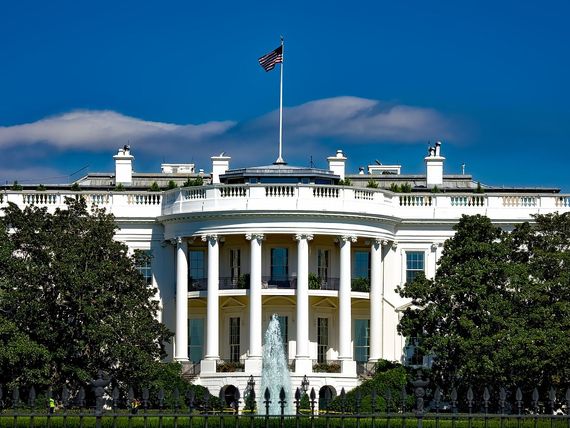Trendwatch: US trade deficit narrows as imports decline to lowest since 2021; Canadian dockworkers vote in favor of four-year contract for BC ports; Developers added 16.8 GW of U.S. utility-scale generating capacity in first-half 2023

US trade deficit narrows as imports decline to lowest since 2021
The US trade deficit shrank in June as imports slid to the lowest level since 2021, reflecting more moderate consumer demand for merchandise.
The shortfall in goods and services trade narrowed by $2.8 billion to a three-month low $65.5 billion, Commerce Department data showed Tuesday. The figures aren’t adjusted for inflation. The median estimate in a Bloomberg survey of economists called for a $65 billion deficit.
The value of total imports declined 1% to the lowest level since November 2021, reflecting decreases in the values of capital goods and industrial supplies. Exports eased 0.1%.
Canadian dockworkers vote in favor of four-year contract for BC ports
The International Longshore and Warehouse Union Canada confirmed that three-quarters of its membership had voted in favor of the new four-year contract for work in Canada’s West Coast ports bringing to an end five months of negotiations and 35 days of disruption at the ports. The employers represented by the British Columbia Maritime Employers Association (BCMEA) voted to accept the contract terms after they were negotiated by the Canada Industrial Relations Board which was called in by the government to help resolve several impasses between the two sides.
Terms of the final agreement were not announced by either side. Earlier reports had said the agreement included a better than 19 percent wage increase as well as improvements to the pension and benefits. The union strike cited issues including inflation, the workers’ efforts at keeping the supply chain moving during the pandemic, and the need to address job security at the beginning of July when they went out on strike for two weeks. The primary sticking point was believed to be over outsourcing by the employees of maintenance work at the terminals as well as the union’s goal to limit future automation at the ports.
Developers added 16.8 GW of U.S. utility-scale generating capacity in first-half 2023
In the first half of 2023, developers added 16.8 gigawatts (GW) of new utility-scale electric generating capacity to the U.S. power grid, according to our latest inventory of electric generators. Developers plan to bring an additional 35.2 GW of capacity online in the second half of the year.
Operating capacity: Solar power accounted for the largest share, 35% (5.9 GW) of the capacity that came online in the first half of 2023. That new capacity is 4.6 GW less than what developers and project planners reported expecting for the period at the beginning of the year. Supply chain constraints were the primary cause for this shortfall.
Growing Panama Canal congestion a rates ‘wild card’
Delays at the Panama Canal averaged about 15 to 19 days per vessel in the first week of August, with low water levels in the Gatun Lake restricting the numbers of fully-laden vessels able to make the transit. Effected by what it has described as an “unprecedented” drought, the Panama Canal Authority has shaved around 2 m off its maximum draft for its neopanamax locks as well as slashing the maximum amount of daily transits by 20% to just 32 voyages a day.
The changed operating conditions are seeing ships from all segments facing delays, with vessel tracking data showing enormous queues at both sides of the waterway.
An urgent call to revive the U.S. pharmaceuticals supply chain
Congress is finally acting to address the severe shortage of critical pharmaceutical drugs, a crisis long in the making that was laid bare by the COVID-19 pandemic.
In May, the House Subcommittee on Oversight and Investigations took testimony from industry experts about the root causes of drug shortages in the U.S. Calling the situation “disastrous,” the panel vowed to uncover structural vulnerabilities in pharmaceutical supply chains.
Among those testifying was Anthony Sardella, chair of the API Innovation Center and senior research adviser for the Center for Analytics and Business Insights at the Washington University in St. Louis. He cited recent research from the center which found that 30% of U.S. generic pharmaceutical manufacturing sites are operating at less than 50% utilization — at a time of crying need for the products they make. In fact, just two of the 37 sites surveyed were producing at full capacity.


